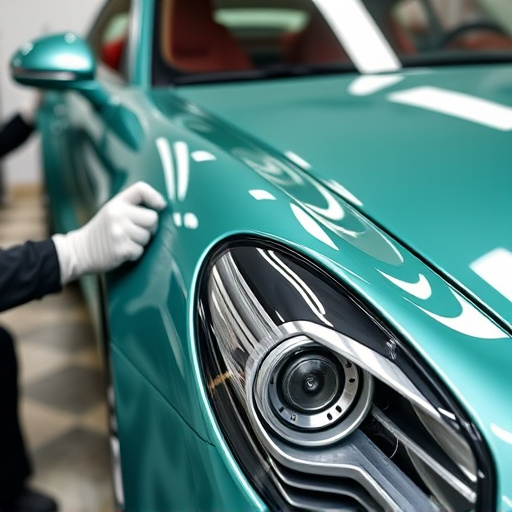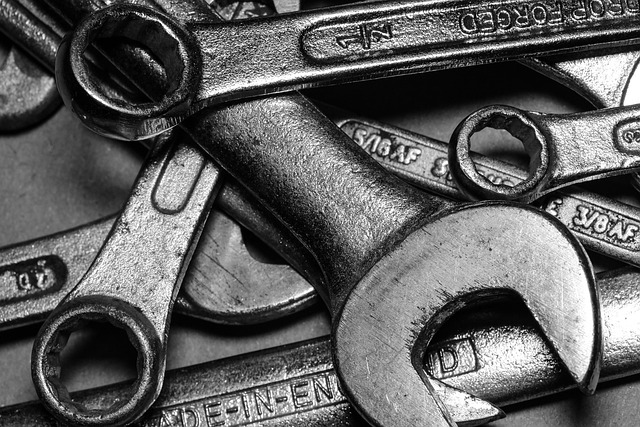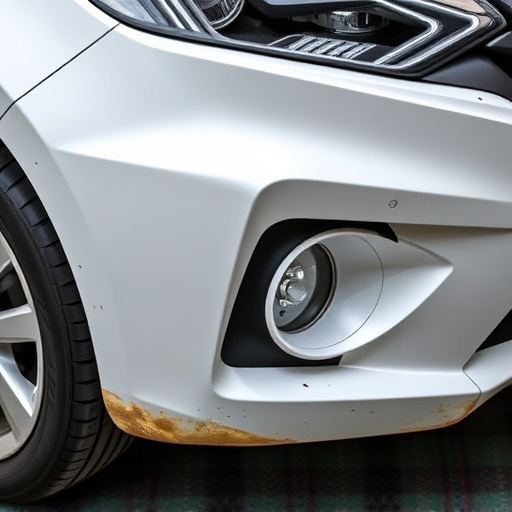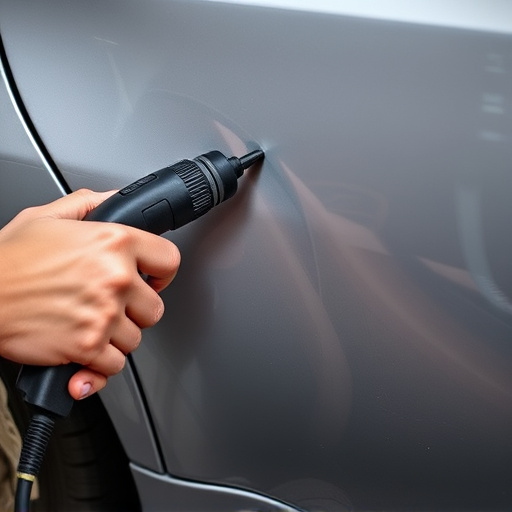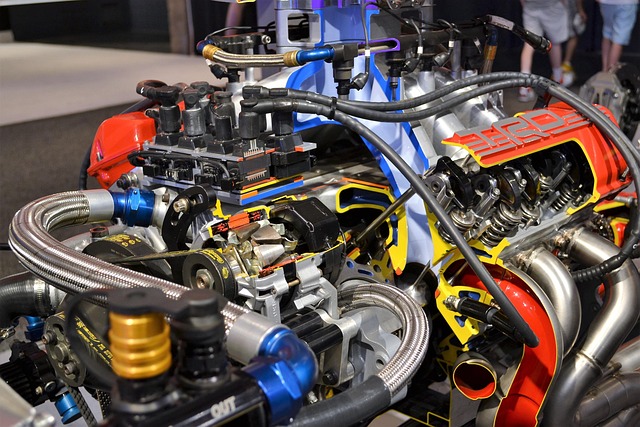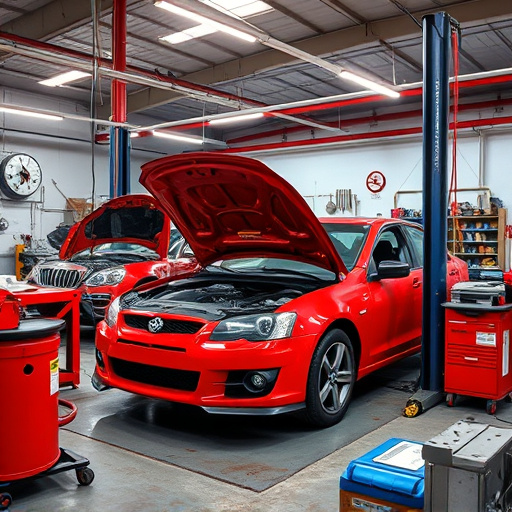The dent removal process is a nuanced art in auto body work, requiring professionals to assess dent size, depth, and structural impact. Techniques vary from gentle molding with sliders/air bags for shallow dents to heat application for deeper ones. Advanced tools like pry bars, air guns, and CAD software enhance precision, especially for complex cases. The optimal method, crucial for a flawless fix, depends on dent characteristics, material type, and desired outcome, ranging from paintless dent repair (PDR) to panel replacement. Informed decisions preserve vehicle value and aesthetic appeal.
“Uncover the secrets behind seamless dent removal with our comprehensive guide. This article takes you on a journey through the techniques professionals rely on for effective dent repair, ensuring your vehicle regains its pristine condition. From understanding the step-by-step process to exploring common methods and critical factors for selection, we demystify dent removal. Dive into this resource to learn how experts navigate the intricate dent removal process, restoring vehicles with precision and confidence.”
- Understanding the Dent Removal Process: A Step-by-Step Guide
- Common Techniques Used by Professionals for Effective Dent Repair
- Choosing the Right Method: Factors to Consider for Successful Dent Removal
Understanding the Dent Removal Process: A Step-by-Step Guide
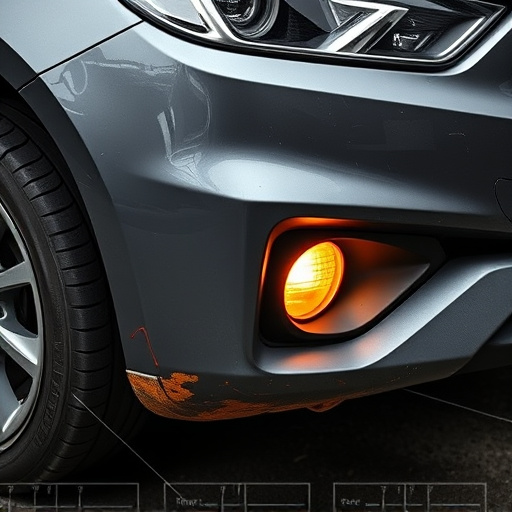
The dent removal process is a meticulous art that professionals in the automotive repair and auto body work industries have honed to perfection. It’s a step-by-step guide that transforms damaged car bodies into sleek, imperfection-free masterpieces. The journey begins with an assessment, where skilled technicians meticulously inspect the dented area, determining its size, depth, and impact on the overall structure. This initial phase is crucial as it sets the foundation for the subsequent steps.
Once the evaluation is complete, the actual dent removal process commences. Techniques vary depending on the dent’s characteristics. Common methods include using specialized tools like metal sliders and air bags to gently press and mold the dented panel back into its original form. This requires precision and expertise to avoid further damage or leaving unsightly marks. In some cases, heat may be applied to aid in the reshaping process, especially for deeper dents. After the dent is successfully removed, a thorough paint repair might follow in the car body shop to match the vehicle’s original finish, ensuring a seamless and satisfying restoration.
Common Techniques Used by Professionals for Effective Dent Repair

In the realm of auto body work, dent removal process techniques have evolved significantly over time. Professionals rely on a combination of advanced tools and methods to ensure effective fender repair across various vehicle types. One common technique involves the use of specialized pry bars and air guns, which allow technicians to gently push out dents without causing further damage or leaving unsightly marks. This method is particularly useful for shallow and superficial dents.
For more complex cases, professionals often turn to a process known as “panning.” This involves heating the dented area with a blowtorch or heat gun, then using a combination of pressure and leverage to reshape the metal. Once the metal is pliable, careful tapping and hammering techniques are employed to restore the panel to its original shape. Auto body work experts also utilize modern technology like computer-aided design (CAD) software to plan intricate repairs, ensuring precise results in every fender repair they undertake, thereby enhancing the overall quality of vehicle repair services.
Choosing the Right Method: Factors to Consider for Successful Dent Removal
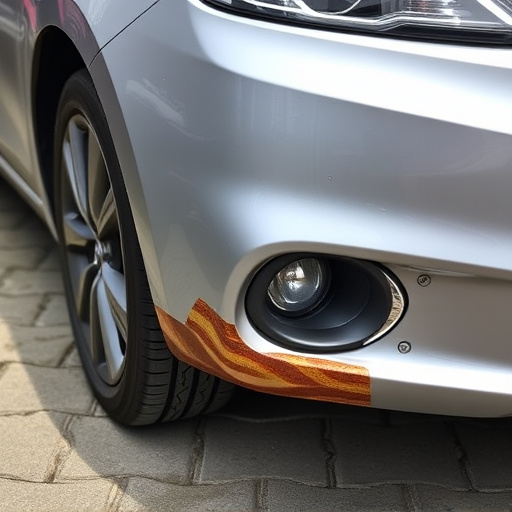
Choosing the right dent removal method is paramount for achieving a seamless and lasting fix on your vehicle’s exterior. Factors such as the size and depth of the dent, the type of material used in your car’s body, and the desired outcome play a significant role in selecting the most suitable technique. For instance, while paintless dent repair (PDR) excels in minimizing scuffs and maintaining original factory finishes, it may not be ideal for deep or complex dents. In contrast, more invasive methods like mercedes benz repair techniques involving panel replacement could be necessary for severe cases.
Professionals consider these nuances to ensure the best results in vehicle body repair. They assess each dent removal process based on its precision, cost-effectiveness, and ability to restore the vehicle’s aesthetic appeal. The goal is not just to fix the physical damage but also to preserve the car’s overall value and appearance, making informed decisions crucial for a successful dent removal process.
The dent removal process, when approached with the right techniques and professional expertise, can restore vehicles to their pre-damaged condition. By understanding the step-by-step guide outlined in this article and considering factors like material type, damage severity, and cost-effectiveness, individuals can make informed decisions. Professionals rely on a range of common techniques, each with its unique advantages, ensuring successful dent repair. Whether opting for painting over, filling, or more advanced methods like PDR (Paintless Dent Repair), the goal remains consistent: to seamlessly integrate repairs, maintaining both vehicle aesthetics and value.

